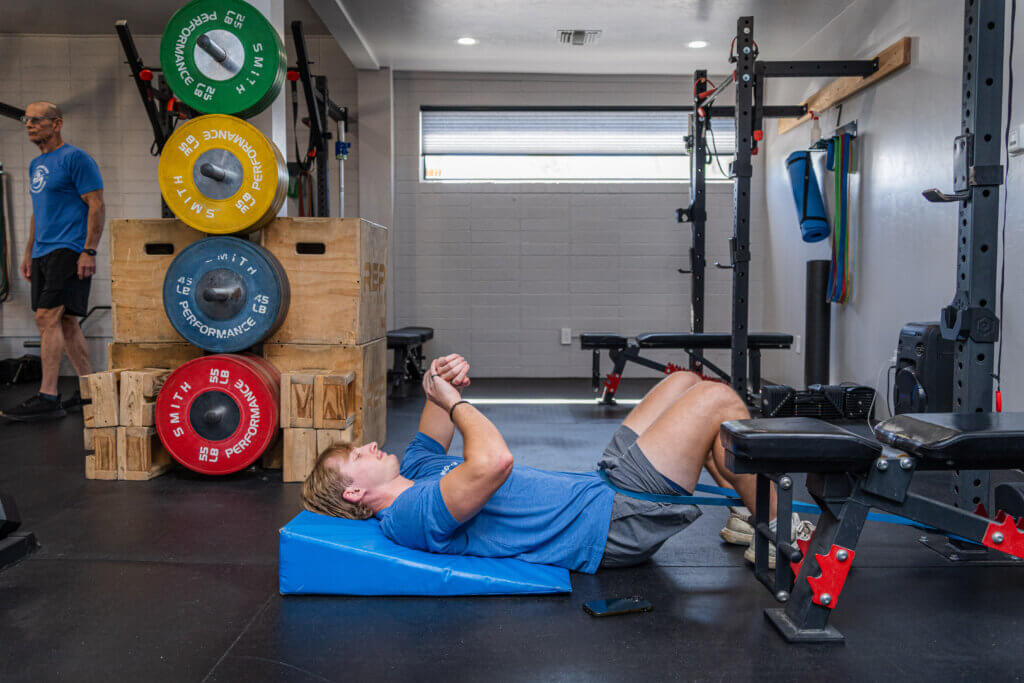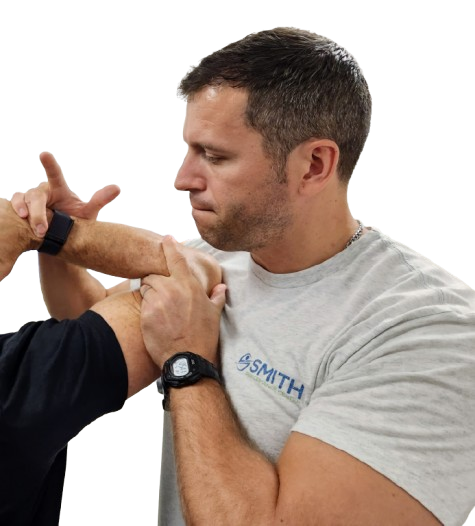During recovery, there comes a pivotal moment when symptoms improve, and the client feels like they’ve turned a corner. Life feels good again, and naturally, activity levels increase. This change is often unconscious or unintentional—but its consequences can be significant.
A rehabilitation flare-up is defined as a return or increase in the original symptoms that led the patient to seek care. The natural reaction to a flare-up is often to question whether the real problem is being addressed.
Read: the diagnosis is wrong.
But this reaction can lead to a critical misstep—focusing on the wrong issue and missing an opportunity for patient empowerment.

“A flare-up does not always mean you missed the diagnosis, but that you have not mastered management.”
Diagnostic Errors vs. Rehabilitation Flare-Up Mismanagement
Achieving the correct diagnosis involves identifying potential tissue pain generators, noting local and regional contributors, considering central modulation, and uncovering triggers. This process requires careful collection, analysis, and prediction.
And there can be many reasons that diagnosis is hard, but once the diagnostic phase is complete and predictions are holding true, the focus must shift to self-management.
A rehabilitation flare-up does not undo previous success—unless a management issue has been ruled out.
Clinical Example
Take a patient with knee pain during the loading response through midstance, an obvious limp, and symptoms that worsen with walking. Swelling and loss of knee extension are noted. The diagnosis is an anterior horn meniscal lesion, with traumatic joint synovitis as a differential.
Treatment focuses on restoring knee extension with gentle mobilizations. Pain improves. A heel lift is added. The patient progresses to quad activation to address inhibition from swelling. Within two weeks, pain drops significantly.
Then in week three, the patient returns with worse symptoms and asks, “Should I get imaging so we can figure out what’s really going on?”
This is the hallmark of a rehabilitation flare-up misinterpreted as a diagnostic failure. In reality, it often signals activity creep and a breakdown in the patient’s ability to manage load.
Is It a Diagnostic Miss or a Management Problem?
Knowing how to interpret a rehabilitation flare-up is essential to avoid unnecessary provider-hopping or repeated diagnostic workups.
Here are signs the problem is one of management:
- Initial improvement followed by setbacks: You feel better at first, but returning to normal activity brings symptoms back.
- Reliance on external support: You depend on frequent visits, treatments, or medications just to feel stable.
- Inability to self-manage: You have no effective tools to handle symptom spikes independently.
Another Example
A patient with chronic headaches responds well to initial treatment and returns to exercise. But a simple workout triggers a severe flare. The patient assumes something new has been missed.
A reassessment shows no change—confirming this is a rehabilitation flare-up, not a diagnostic error.
The real issue? The patient’s tissue capacity was still too low to handle that activity. It seemed easy—but it was more than their system could handle at that moment.
How to Use a Rehabilitation Flare-Up as a Strategic Tool
Flare-ups are not just barriers—they are feedback.
1. Update Trigger Management
As symptoms improve, overlooked triggers may appear. For example, air travel often worsens symptoms in patients with spinal or disc-related pain. These triggers must be addressed through updates to the home plan.
2. Spot Hidden Activity Creep
Improvement leads to more steps, more movement—without awareness. A patient may go from 2,000 steps a day to 8,000. In the case of knee pain, each step includes two full cycles of knee extension. That’s 12,000 extra knee movements—enough to overload tissue and cause a rehabilitation flare-up.
3. Reveal Subtle or Missed Triggers
Even light changes in routine can provoke symptoms. A flare-up is a chance to catch subtle contributors before they become bigger problems.
4. Build Confidence in Self-Management
Each flare-up is a training opportunity. Patients can practice using their home plan to control symptoms and test new tools—without panic or dependence.

Avoid the Trap: Don’t Restart the Diagnostic Cycle
Reverting to diagnosis mode every time pain returns disrupts the learning process. It blocks momentum and discourages self-trust.
If every flare leads to a new theory, a new test, or a new provider, the patient never learns to manage real-world setbacks. This leads to chronic instability and keeps the door open for recurring injury.
Final Thoughts on Rehabilitation Flare-Ups
Flare-ups are not failures—they are checkpoints.
When approached correctly, they help refine your plan, reinforce your diagnosis, and increase the patient’s control over their body. They are critical opportunities for learning, adaptation, and long-term success.
Address the right problem—at the right time—and your rehab stays on track.
Can We Help?
If you’ve been stuck in a cycle of flare-ups and frustration, it’s time to shift the focus from chasing diagnoses to mastering management.
Schedule a Movement Assessment or Physical Therapy Evaluation at Smith Performance Center to start your comeback today.







